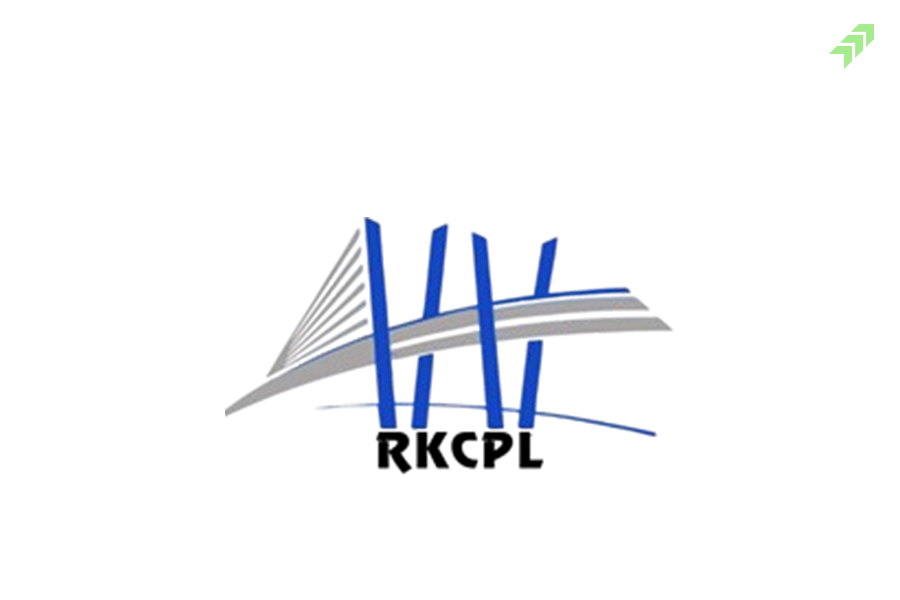In trading, the technical analysis of the stock is very important to find out the trend and potential of further movement, so that you can define your trading strategy. Apart from simple trend lines to candlestick chart patterns, there are various technical indicators that you can use in technical analysis. And without these technical indicators, the technical analysis is not possible in trading.
In TradingView, one of the most popular and widely used technical analysis charting systems in the financial markets, you can find unlimited indicators. You can select or apply the desired indicator on any individual stock, index or underlying security from various market segments. But the dilemma right here is which indicators are reliable or most widely used to get the best outputs from technical analysis.
Though, you can choose the technical indicator according to your ease of use and understanding. But we are right here to tell you about the most popular, reliable and most widely used technical indicators with their applications and importance in the technical analysis.
Most Important Indicators in Technical Analysis
Below you can find the technical indicators that are easy to apply, and you can find them in most of the trading software. It can be identified and applied with one click, with the indication of the stock price movement or its current trend. Let’s find out what these indicators are and their applicability.
Moving Averages
Taking the average of the moving price of an underlying security can give you an idea of past, current and possible future moves. The moving averages are further divided into simple moving averages and exponential moving averages. A simple moving average is the average price of the particular day’s trading sessions, while in an exponential, more weightage is given to the recent prices to get new data as per the latest trend.
The most frequently used moving averages are 10-day, 20-day, 50-day and 200-day, in which the first two are considered for short-term, and 50-day and 200-day are considered for medium-term and long-term trading or investing viewpoints, respectively. Based on thesetimeframes, you can apply the moving averages to identify the short-term, medium-term, or long-term in the underlying security.
Relative Strength Index
It is also known as a momentum oscillator used to measure the change in the price movement and speed of the same. It can tell you the strength of the recent price change. And to measure the level of strength, the range of RSI is considered between 0 and 100, indicating the oversold and overbought zones.
The RSI moving below 30 indicates the price is trading in the oversold zone, giving a buying opportunity for the traders. While the indicator running above the 70 gives the signal of price moving in the overbought zone. Here, the price is likely to correct or come down, giving a shortselling opportunity for the traders.
It could be one of the most useful indicators, but to get the confirmation of the strength of the trend, you need to wait till the indicator crosses the 50 and also check the divergences. In RSI, divergence occurs when the price makes a new high while RSI makes a lower high; it means it is bearish divergence, and when the price makes a new low and RSI makes a higher low, then it is considered a bullish divergence.
Bollinger Bands
You can use this indicator to check or measure the level of volatility in the price of the underlying security and identify if there is any potential for the price reversal. When you use this indicator, you can see three bands that are set on the standard deviations, contracts and expand as per the movement in the market.
The lower band sets two standard deviations below the middleband, while the middle band sets two standard deviations above the middle band. However, the middle band keeps moving smoothly. The expansion of bands indicates high volatility in the market, giving the indication of a potential breakout.
Conversely, contraction of the bands means that the volatility is low, giving the signal of a consolidation phase in the market. The price touching the upper band suggests that the overbought price touches or moves below the lower band, giving the signal that the underlying security is trading in the oversold zone.
Stochastic Technical Indicator
Just like RSI, this is another momentum oscillator-based technical indicator used to identify overbought and oversold situations and if there are any potential trend reversals. In this indicator, two lines are used: Per cent K, which is the actual stochastic value and per cent D, a slower-moving signal line that is a moving average of %K. These lines are scaled between 0 and 100 to generate trading signals.
While interpreting this indicator, you need to analyse when the %K line crosses the %D line, which means there is a possibility of trend change. And when the line crosses or moves above 80, it is considered the overbought condition; a line moving below 20 indicates the oversold condition.
However, when the price of the underlying security touches new highs or lows, but the stochastic is moving against the direction, it means there is potential trend reversal. But to confirm signals and avoid false trades by this indicator, you need to use the stochastic in conjunction with other technical indicators.
Fibonacci Retracements
This is another very useful technical indicator you can use to identify the potential support and resistance levels of the price. When you apply this indicator, horizontal lines with thedifferent Fibonacci ratiosbetween 20% to 100% will be drawnon the price chart. You can use this indicator to identify the entry, exit and stop loss points on the price chart with the confluence of support or resistance levels.
The Key ratios in Fibonacci retracements are 23.6%, 38.2%, 50%, 61.8%, and 100% showing the different levels of retracement in the price. The lowest one, 23.6% shows the slight retracement, while the 100% signifies the complete retracement of the original price move. However, 61.8%is known as a golden ratiowidely considered as signifying the level where huge chance of reversals occurs.
MACD Technical Indicator
Moving average convergence divergenceis another one of the most popular technical indicators that shows the relationships between two different moving averages. The indicator comprises a MACDline, signal line, and histogram working together to generate trade signals.This indicator will help you toidentify the changes in direction,strength, momentum, andduration of a trend.
Also Read: How to Use Moving Averages in Trading & Convergence Divergence
As the name suggests, convergence and divergence occur when two moving averages move closer together, which means there is potential for a slowdown in the current indicator. While the two moving averages moving away from each other give the signal of acceleration in the trend.
And when there are crossovers between these lines, you can take it as a trade signal, but when the price moves in one direction and the MACD moves in the opposite direction, it is giving the signal a potential trend reversal. However, you can use the MACD with RSI and other indicator like SuperTrend to avoid the false signal and get the more accurate prediction of the analysis.
Average Directional Index
ADX is another valuable technical indicator that helps to measure the strength of the trend and identify the momentum in the underlying security with reduced noise in the market. ADX below 20 means a weak trend in the market or trading range-bound, while ADX above 40 shows there is a strong trend and accelerating. However, the ADX remaining between 20 and 40 gives the signal of a strengthening trend.
To use the ADX, you need to consider the Positive Directional Indicator (+DI) and Negative Directional Indicator (-DI) to recognise the right points when to enter, hold and exit from trades by measuring the momentum behind the price movement of the underlying security. You can use this indicator for trend-following strategies and confirm the strong breakout signals to decide the entry and exit points.
Volume Technical Indicators
Most of the above-discussed indicators were price movement-based technical indicators, but there are various indicators based on the volume of trading of underlying securities. And these volume-based indicators will help you to analyse the trend in the market or know the current sentiments. You can also use the volume indicatorsto confirm the price movements and identify potential trend reversals.
The most popular volume indicators are Balance Volume (OBV), Volume Profile, Accumulation Distribution Line, Money Flow Index (MFI) and Volume Price Trend. You can apply and use these indicators in your technical analysis to measure the strength of price movement, gauge the participation in the market and distinguish between significant and insignificant trends arising in the market.
Summing-up
Apart from the above point out technical indicators, there are many more different types of indicators you can find in different charting software like TradingView. But all the above ones are the most popular and widely used reliable indicators you can use for technical analysis. Moving Averages, RSI, Bollinger Bands, Fibonacci Retracement and Volume indicators can be used for intradayand positional trading as well.
Also Read: Best Technical Indicators for Long Term or Positional Trading
However, depending on your trading perspective and time horizon, you can choose the right one. These indicators can help you identify the market trend and the strength of the market movement with the potential of buying and selling points. But relying on any one of them could be risky, especially when the market is undefined or trading with high volatility, hence use them in conjunction for more accurate analysis.

















